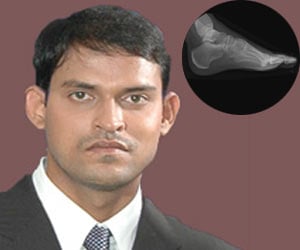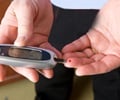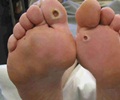How can we diagnose Charcot Foot?
Diagnosis of
Diagnosis of Charcot foot is made based on the following:
- A carefully taken medical history can help in the diagnosis of Charcot foot. In addition, a detailed foot examination also helps in the diagnosis. The foot is also examined for the presence of neuropathy.
- Blood tests are performed to identify underlying conditions like kidney disease and diabetes as well as to differentiate Charcot foot from other conditions affecting bones like osteomyelitis.
- Radiological tests are used to diagnose Charcot foot and monitor response to treatment. However, they may not be able to diagnose stage 0 disease due to the absence of radiological findings in this stage. Early changes may be observed with an MRI. Advanced radiological tests, though assist in the diagnosis of Charcot foot, are not always necessary and thereby not always used.
- Bone scintigraphy and white blood cell scans have also been used, though they are less accurate as compared to MRI in diagnosing Charcot foot.
- A PET scan combined with a CT scan is also useful in the diagnosis of Charcot foot.
- A Doppler ultrasound may be useful in diagnosing and ruling out deep vein thrombosis.
 MEDINDIA
MEDINDIA
 Email
Email










